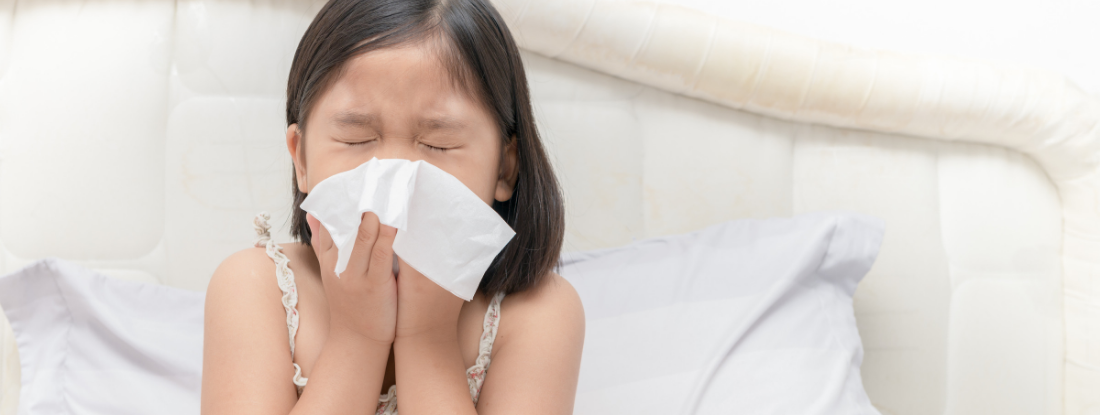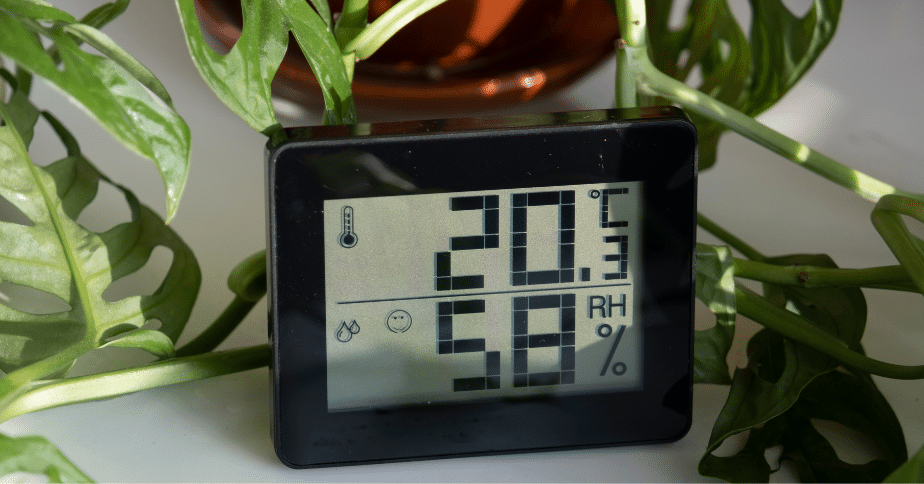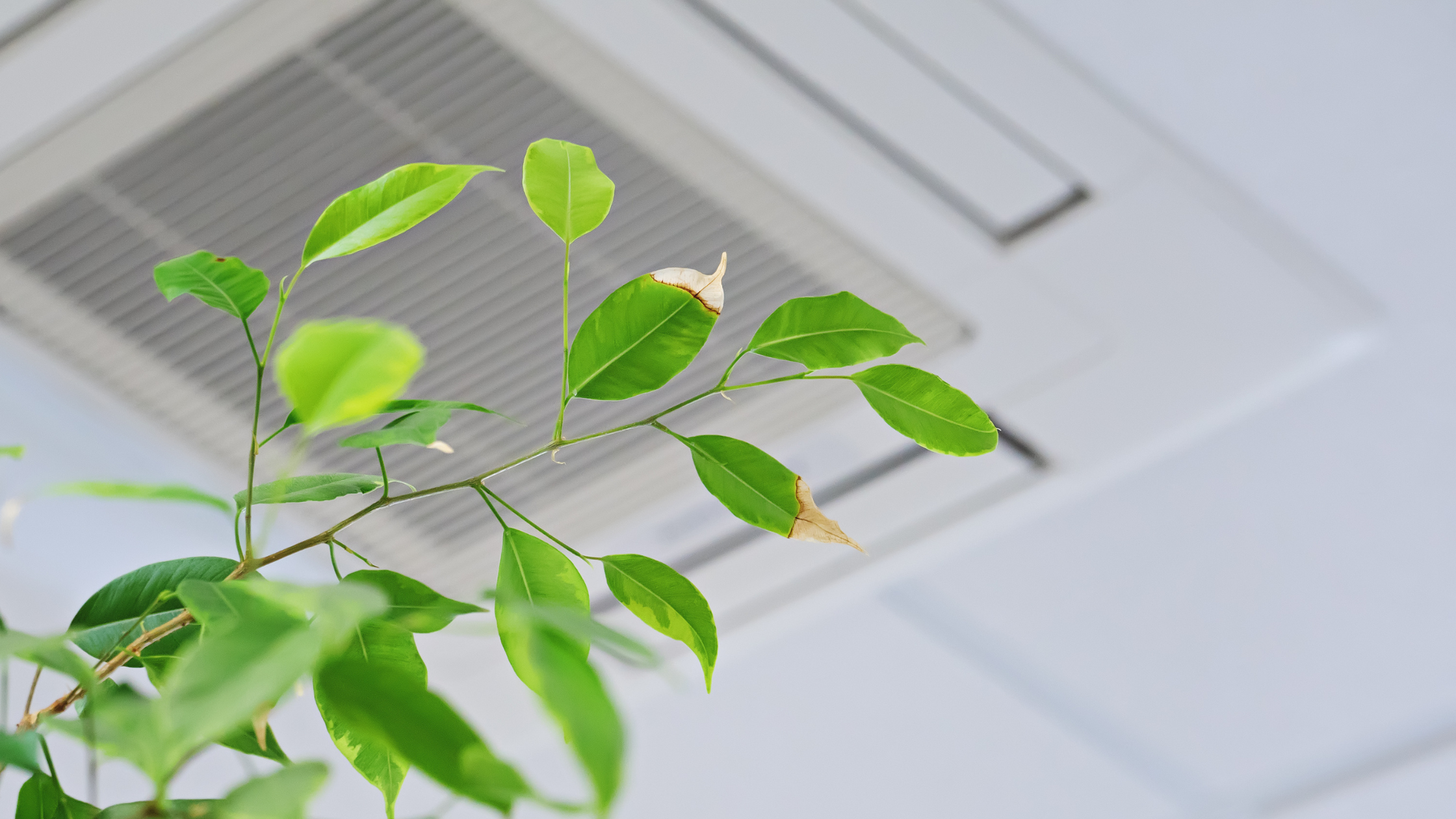How Mold Affects Children

The dangerous effects of mold aren’t created equal. Mold has the potential to affect everybody in a negative way regardless of age. Children are especially susceptible to the harmful effects. The toxic substances mold emits, mycotoxins, affect children more than adults due to their developing bodies. When mold grows indoors, tiny spores travel everywhere. These spores have the potential to collect and reproduce in places you can’t see. This compromises the overall quality of the air inside of your home.
You definitely don’t want to neglect mold remediation if you have children in the home. The health and well being of your child is vital, and every parent should have a concern about long-term effects of mold. Children have the potential to be affected by mold more than adults since their immune system and bodies are still developing. In some cases, mycotoxins cause illnesses such as chronic fatigue syndrome, which has the potential to last throughout their life.
Impaired development from mold
From birth to adolescence, a child’s immune system is developing as it is exposed to different substances. When a young immune system encounters harmful substances like mold, development is often affected. Typical reactions to mold might include respiratory irritation and allergic reactions such as coughing and itchy eyes. However, these issues aren’t the only harmful effects that mold can trigger. The presence of mycotoxins has been linked to neurotoxicity in some brains of young people. This can have a negative effect on a child’s emotions and behavior, even their performance in school.
Long-term effects
Another serious condition called chronic hypersensitivity pneumonitis can occur when a child is exposed to mold over a period of time. This is a condition that is similar to pneumonia. Yet, unlike pneumonia, it is not cured with antibiotics. The symptoms of this include muscle aches, night sweats, fever, shortness of breath and cough. Children who already have asthma can easily have an attack triggered by being in the same general area as mold. It is estimated that over 20% of asthma illness in the United States is due to mold exposure or damp conditions in the home. Black mold is especially unsafe for infants and children to be around. The mycotoxins produced by this kind of mold have the ability to impair brain function and cause nervous system disorders. Chronic exposure to black mold increases the risk for hemorrhagic pneumonia in infants, and it is known to be fatal.
Steps to take
Is your child exhibiting signs of persisting respiratory issues, fatigue, or poor performance in school? Has there been an unexplained rash or skin lesions? You could have mold lurking somewhere in your home, even if the adults in the home aren’t exhibiting any unusual symptoms. If you have reason to believe mold is present in your home, mold inspection and remediation is vital to the health of your family. Get in touch with a local mold remediation company to ensure the safety of the children in your home.



